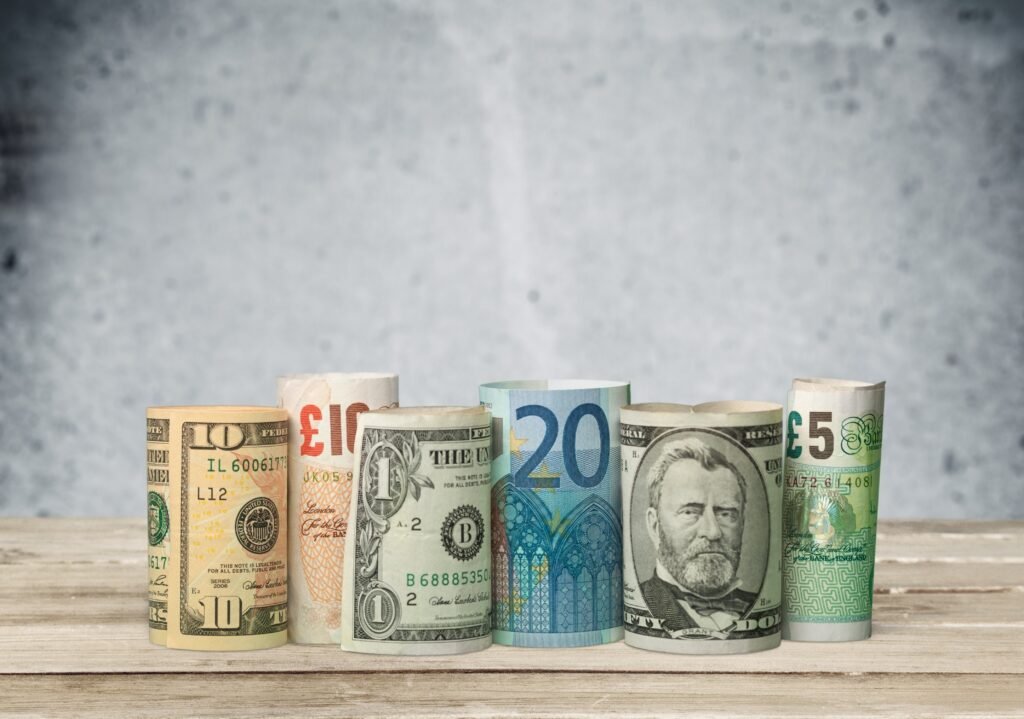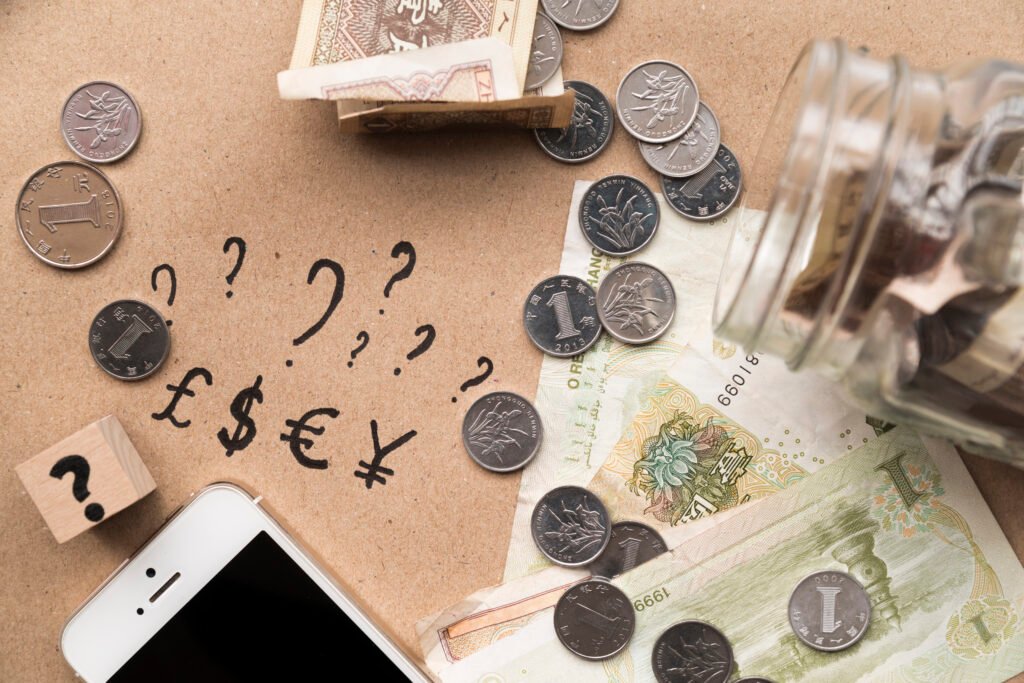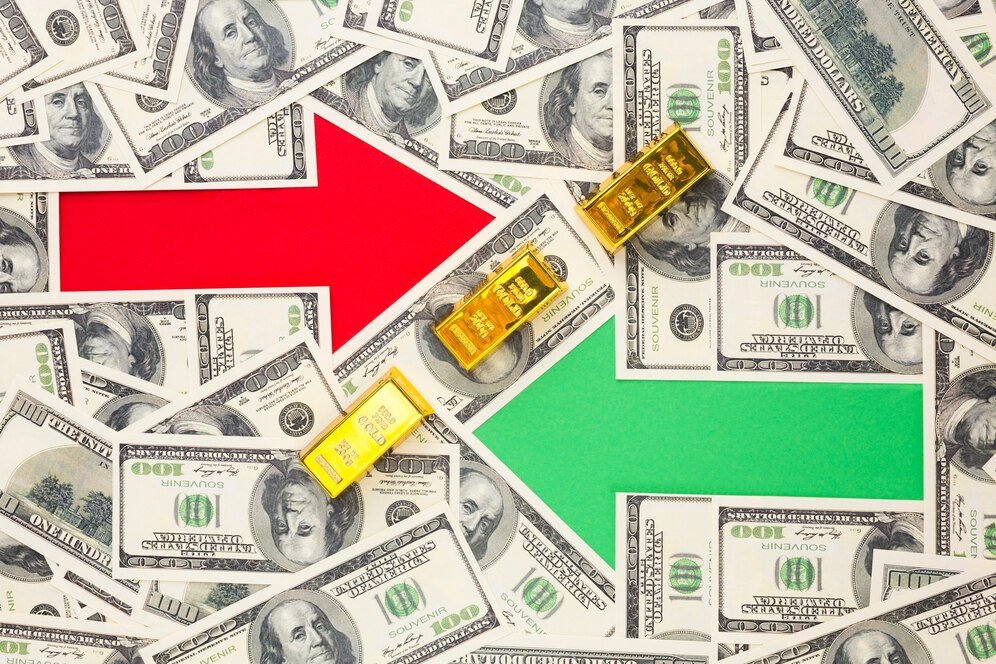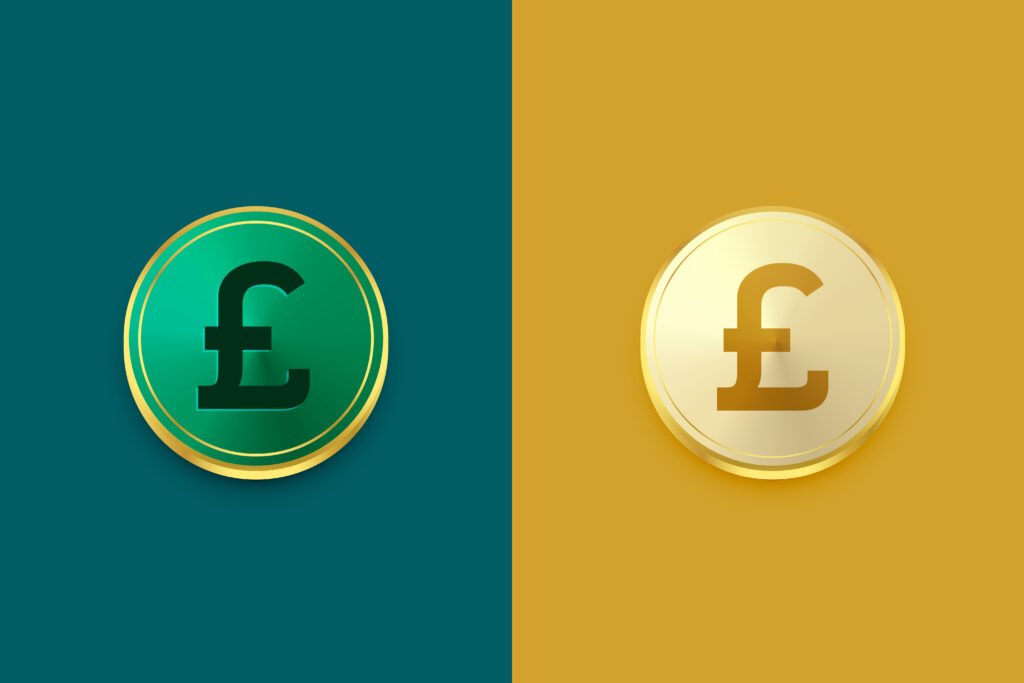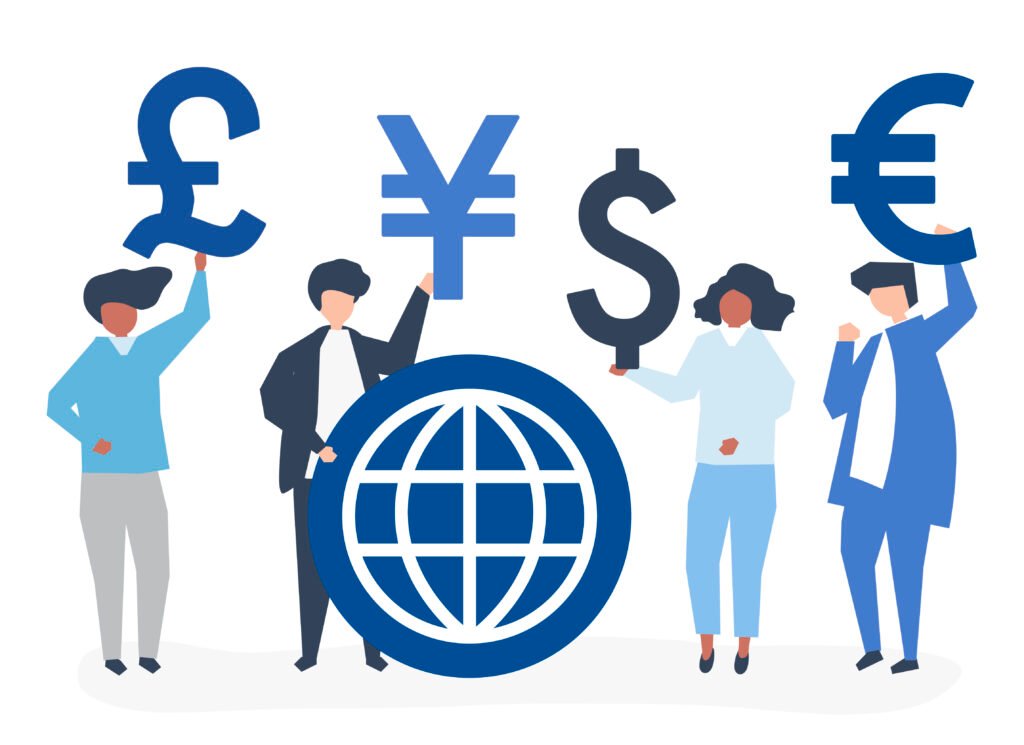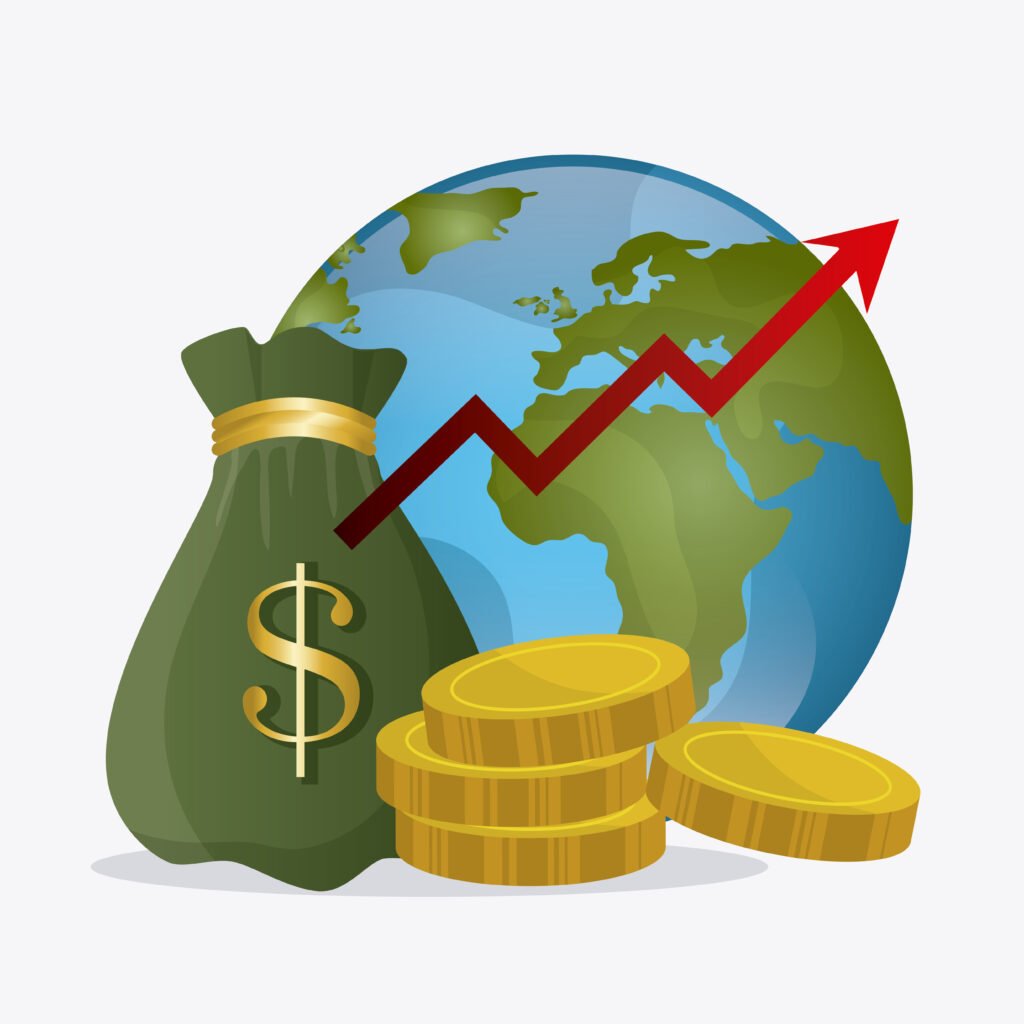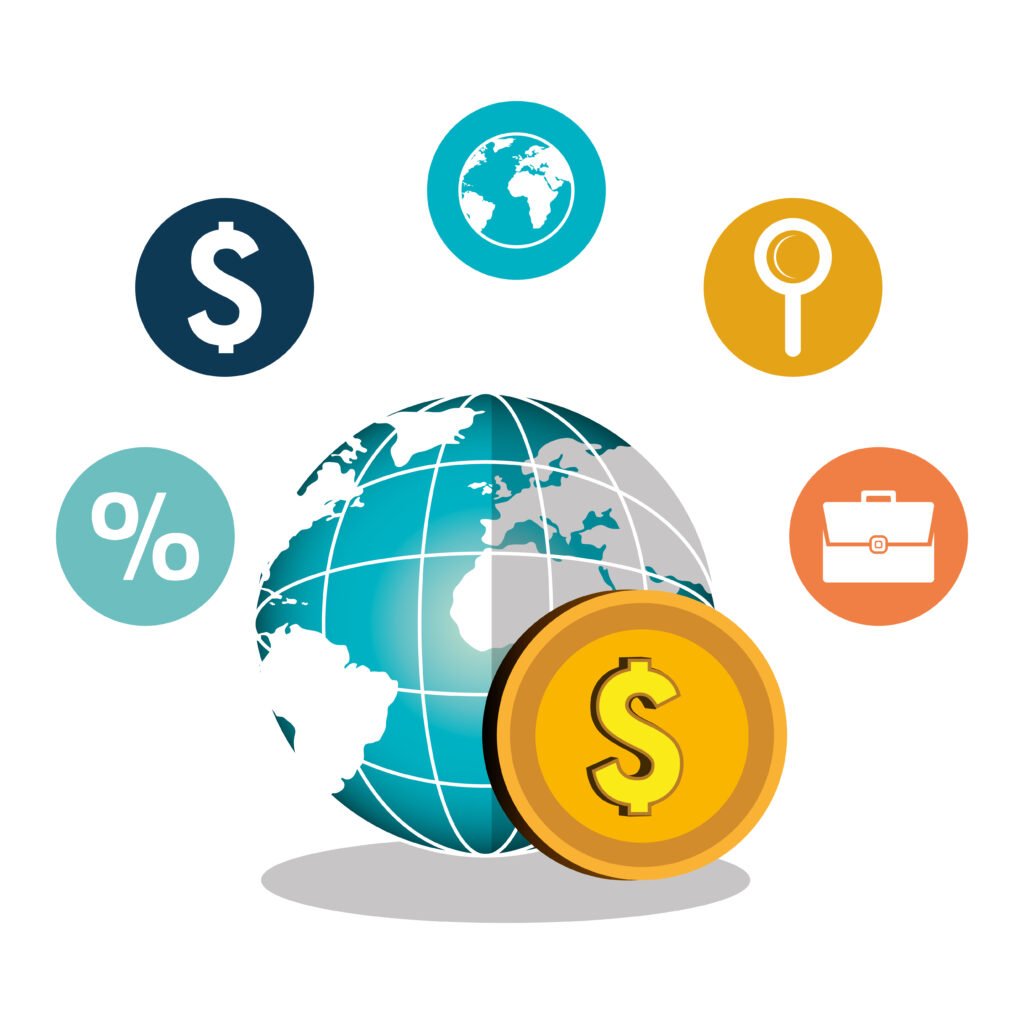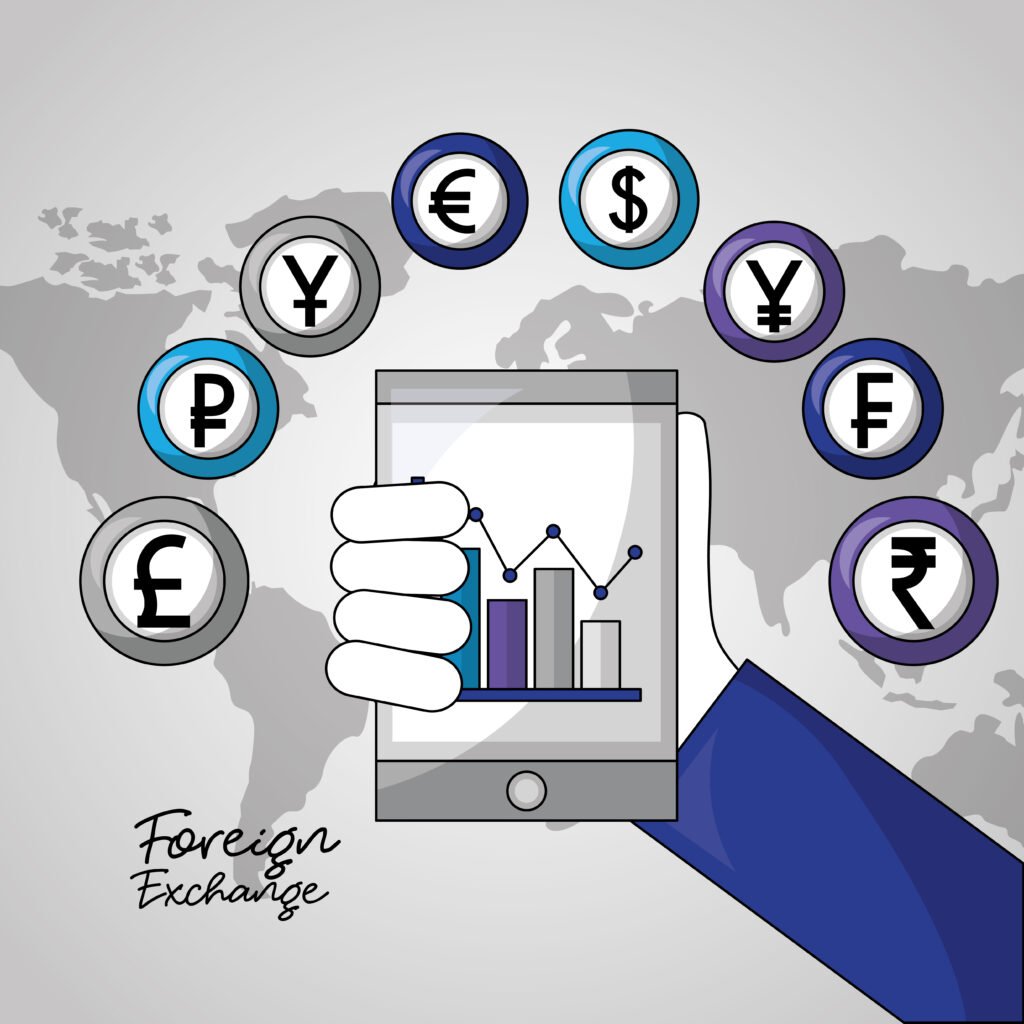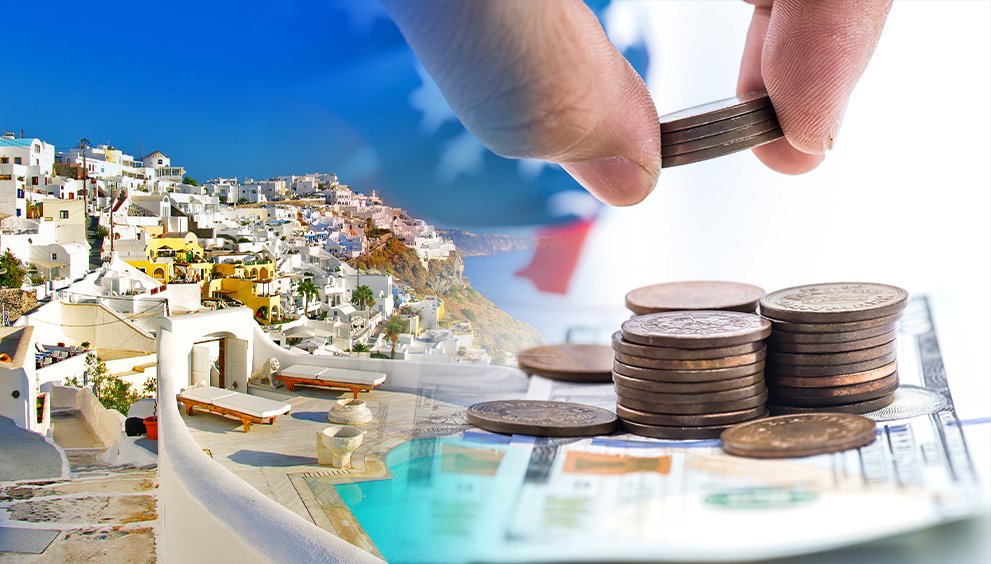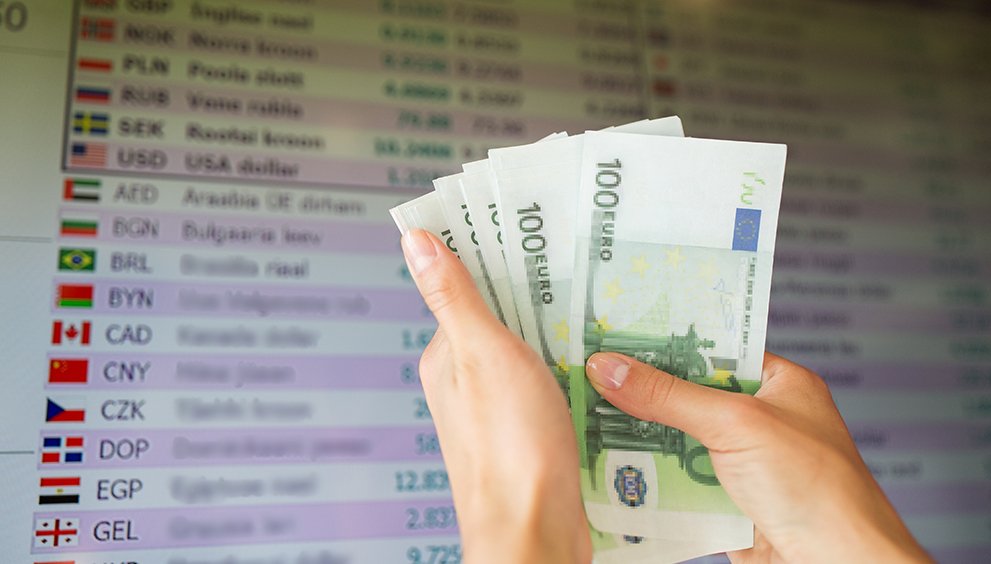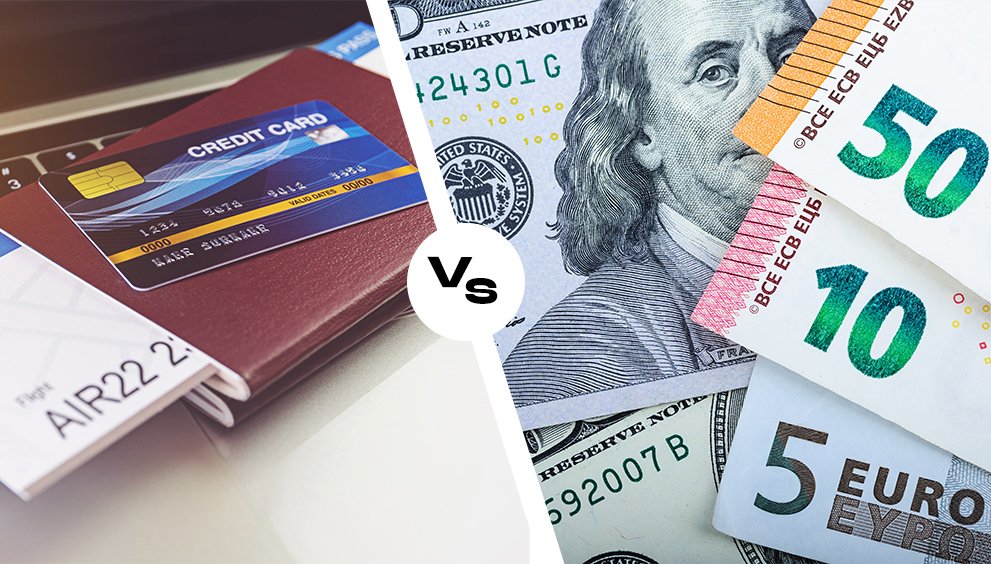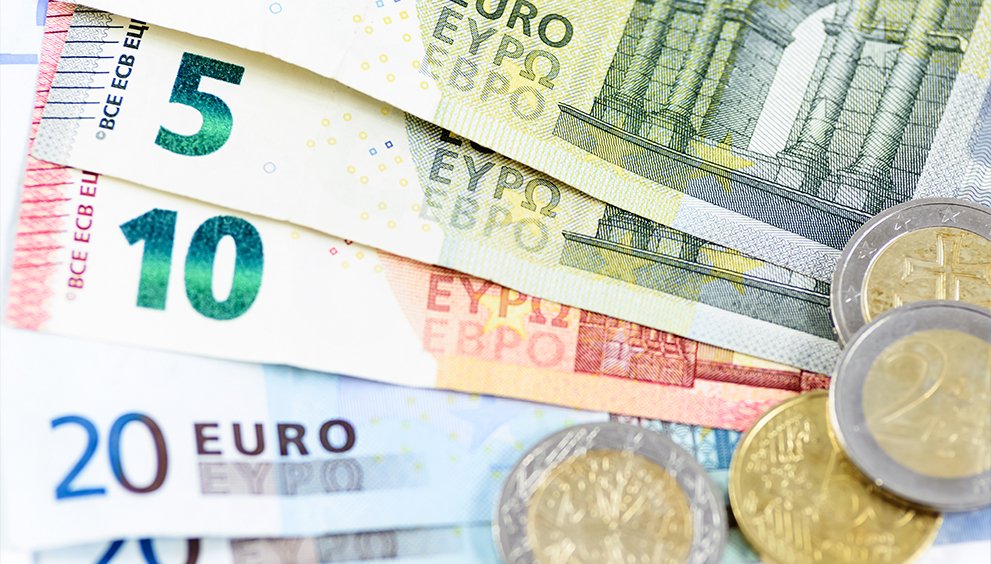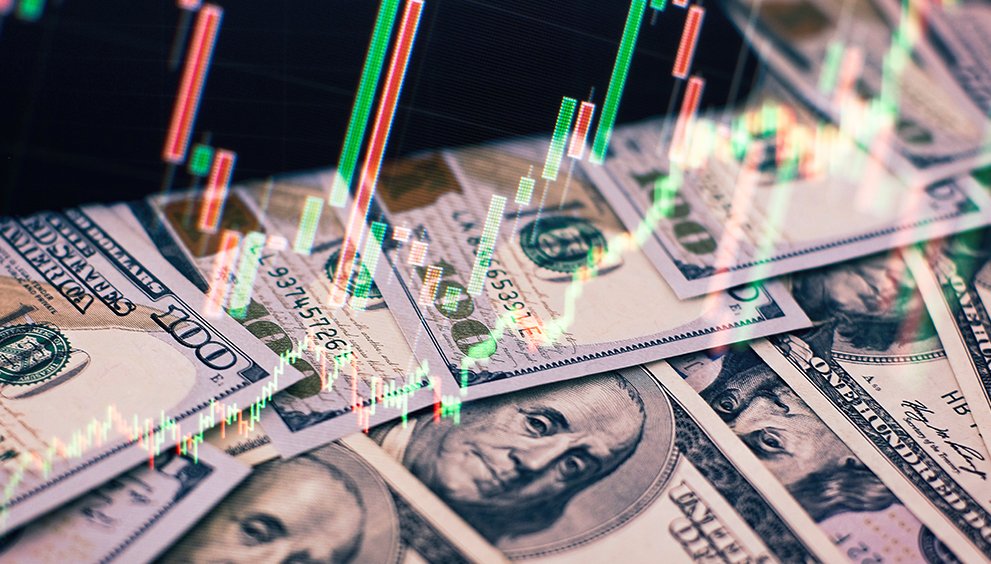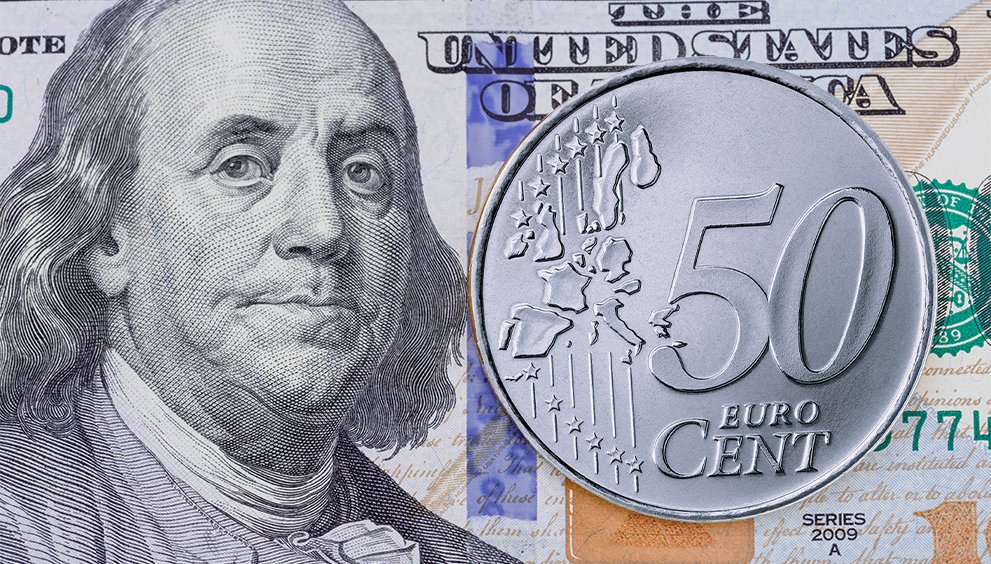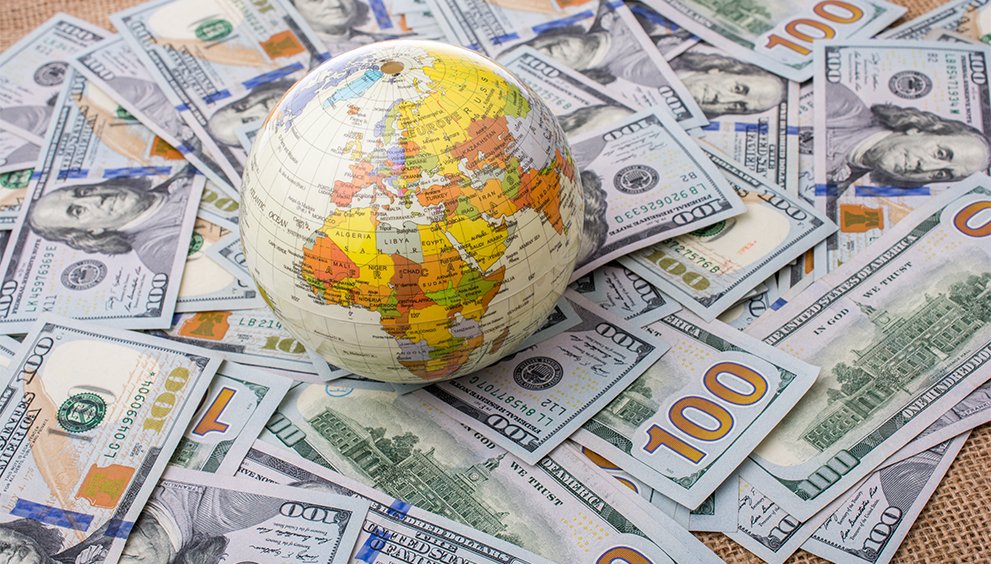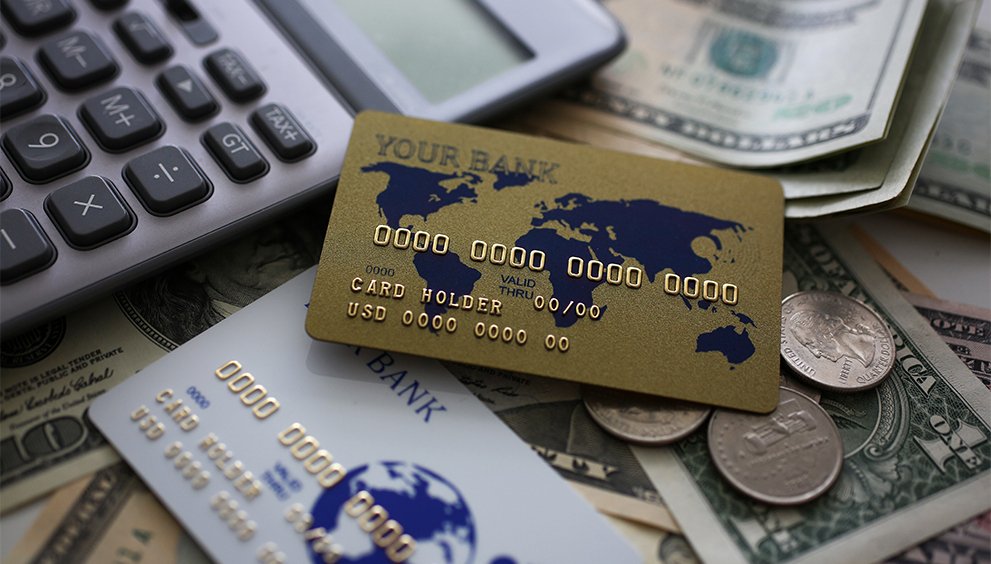The Hidden Economic Costs of a Strong Currency: Is It Always Good?

A strong currency mirrors the economic strength of the currency! It reflects the investor’s confidence in the economy and the country’s financial stability. Any government or central bank will take pride in the constant currency appreciation as it showcases a robust economy, low inflation, and high foreign investment inflows. Though the stronger currency may sound like a net positive, it comes with several hidden economic costs that can impact industries, trade, and overall economic growth.
In this article, we will discuss the various factors that strengthen a currency, the benefits and issues of a strong currency, and how they affect global economics and the country’s currency exchange rates.
What Does It Mean for a Currency to Be Strong?
A strong currency is defined by the fluctuations in the foreign exchange (forex) market when the value of one currency consistently increases against other currencies. This appreciation can occur due to several factors, including:
- Higher Interest Rates – Countries with higher interest rates offer greater returns than other currencies, leading to higher demand for the currency.
- Trade Surpluses – Trade Surplus represents the imports and exports. A country exporting more than it imports creates demand for its currency, strengthening its value.
- Foreign Investment Inflows – Strong foreign direct investment (FDI) and capital inflows lead to higher demand for the currency, leading to currency appreciation.
- Stable Economic and Political Environment—Investors prefer safe-haven currencies during uncertain times to safeguard their interests, which causes appreciation.
While these factors may appear wholly positive, they come with significant downsides that many economies grapple with when their currency becomes strong.
The Benefits of a Strong Currency
Before we explore the economic costs, let’s take a moment to appreciate the benefits of having a strong currency:
1. Cheaper Imports & Lower Inflation
A strong currency makes imports cheaper, reducing costs for businesses that rely on foreign raw materials. It also helps consumers as imported goods—such as electronics, oil, and food—become more affordable. Lower import costs can also help curb inflation.
2. Increased Purchasing Power for Consumers & Businesses
A strong currency allows citizens to buy more foreign goods, travel abroad at lower costs, and invest in global markets with better exchange rates. Businesses that rely on foreign machinery, technology, or inputs benefit from lower costs.
3. Lower Debt Servicing Costs
Countries or businesses with foreign-denominated debt (such as USD or EUR loans) benefit when their currency strengthens, as they need to spend fewer local currency units to repay the same debt amount.
While these benefits are significant, they come with trade-offs that can hinder economic growth, especially in export-driven economies.
The Hidden Economic Costs of a Strong Currency
Like two sides of each coin, the stronger currency comes with a certain drawback, influencing the overall economy. Here are a few upfront economic costs:
1. Declining Exports & Trade Competitiveness
When a currency is strong, it can make a country’s exports pricier for international buyers. This often means that the demand for local goods might drop, which can be tough on exporters, manufacturers, and industries that depend on global sales. For instance, if the British pound (GBP) rises significantly compared to the euro (EUR) and US dollar (USD), British businesses sending goods to the US or Europe may notice their products costing more. This situation could lead to a decrease in sales sales.
Impact on Trade:
- Reduced Export Revenues – Companies receive less revenue when converting foreign sales into domestic currency.
- Job Losses in Export Sectors – Less demand for exports can lead to layoffs in manufacturing and trade-dependent industries.
- Decline in Industrial Production – Manufacturing slows down due to lower demand, reducing overall economic growth.
2. Foreign Direct Investment (FDI) Becomes Less Attractive
A strong currency increases the cost of foreign businesses investing in a country. When a multinational corporation seeks to establish operations in a nation with a rising currency, the investment expenses grow, which can deter foreign direct investment (FDI) inflows. This situation may negatively impact industries that depend on foreign capital and could lead to fewer job opportunities over time. Nations such as Japan and Switzerland, which frequently witness significant currency appreciation, have encountered difficulties in attracting FDI.
3. Reduced Tourism Revenue
Tourism is a key revenue source for many economies, but a strong currency makes a destination more expensive for foreign tourists. For example:
- A strong euro (EUR) makes European vacations more costly for American or Asian travellers.
- A stronger Japanese yen (JPY) discourages inbound tourism as visitors find accommodation, food, and attractions expensive.
This weakens the hospitality, airline, and travel industries, leading to slower tourism-driven economic growth.
4. Increased Cost for Domestic Businesses Operating Abroad
Companies that expand internationally frequently generate revenue in foreign currencies. If the home currency appreciates, the worth of those foreign earnings diminishes when converted to the local currency. For example, a company based in the UK that earns in USD might experience a drop in profits when converting back to GBP if the pound rises. This situation makes global expansion less profitable, deterring businesses from pursuing international opportunities markets.
5. Economic Slowdown & Market Instability
If a currency appreciates too much, it can lead to deflationary pressure—a situation where prices decline due to lower demand for goods and services. This discourages spending and investment, slowing down economic growth.
Countries like Japan have historically struggled with excessive currency strength, leading to decades of stagnation and sluggish economic performance.
How Central Banks Manage Currency Strength
Governments and central banks often intervene in the foreign exchange (forex) market to control excessive currency appreciation that can create imbalances in economic stability. Here are a few strategies they implement to manage currency values:
-
Lowering Interest Rates
By reducing interest rates, central banks make their currency less attractive to foreign investors, encouraging depreciation. Lower interest rates mean lower returns on investments in that currency, leading to decreased demand and subsequently weakening the currency’s value.
-
Direct Market Intervention
Some central banks may intervene directly by selling their currency in the forex market to weaken it, which makes their exports more competitive internationally. Countries like China, Japan, and Switzerland have historically employed such strategies to maintain competitive exchange rates and safeguard export-driven economies.
-
Printing More Money (Quantitative Easing)
Expanding the money supply through measures like quantitative easing can weaken the currency and stimulate economic growth. However, excessive money printing can pose inflation risks, potentially eroding the currency’s value over time if not appropriately managed.
Is a Strong Currency Always Good?
The answer depends on the specific structure of an economy:
– Export-driven economies (e.g., Germany, Japan, China) generally prefer a weaker currency to maintain their competitiveness in the global trade arena. A weaker currency can make their goods cheaper for foreign buyers, thereby boosting export volumes.
– Import-heavy economies (e.g., the US and UK) tend to benefit from a stronger currency. A strong currency reduces the costs associated with imported goods and services, which can lower inflation rates and enhance consumer purchasing power.
For a balanced economy, moderate currency strength is ideal—strong enough to prevent excessive inflationary risks but not so strong that it hampers exports and stifles economic growth.
Final Thoughts
While a strong currency has its advantages, such as lower import costs and increased consumer purchasing power, it also comes with hidden economic costs like declining exports, reduced foreign direct investment (FDI), and weaker tourism revenues. Although a strong currency signals a stable and healthy economy, excessive currency appreciation can create long-term challenges, particularly concerning trade and sustained economic expansion.
The key for policymakers is to strike an appropriate balance—maintaining sufficient currency strength while ensuring global competitiveness. Understanding these dynamics is crucial for individuals and businesses when making informed financial, trade, and investment decisions in an increasingly globalised world.
Would you like a deeper analysis of how currency strength impacts specific industries? Let us know your thoughts! Finance Markets Today


 English
English 










